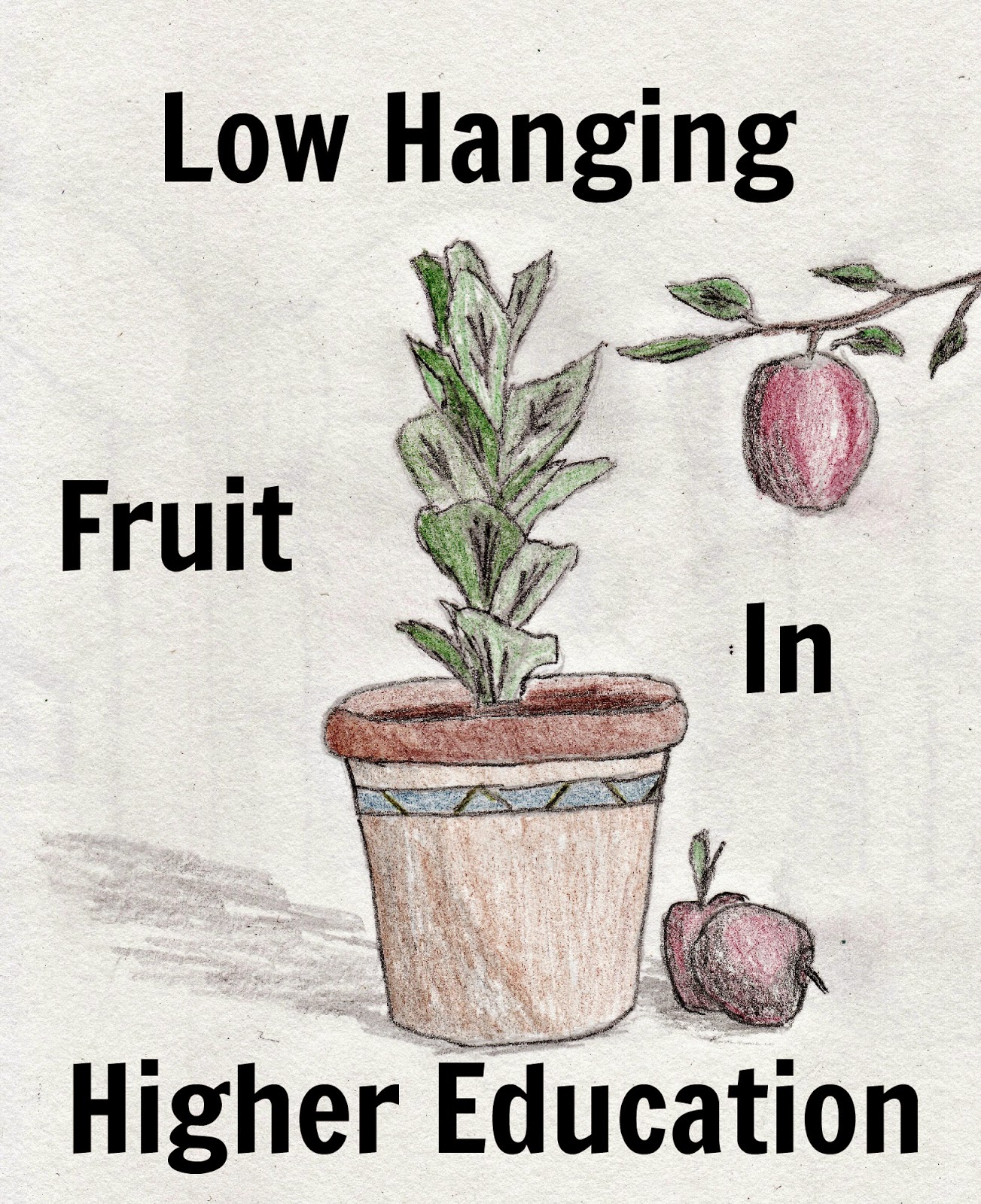Career Builder recently released statistics on some
of the most outrageous excuses for missing work. Over the past year 28% of
employees called in sick which is an improvement over the 32% the previous
year. When probed for a reason 30%
stated they simply didn’t feel like going to work, 29% said they wanted to
relax, 21% to attend a doctor’s visit, 19% to catch up on sleep and 11% wanted
to avoid bad weather.
Considering that employees in professional positions
don’t generally provide a reason to use their personal/sick days there is
little reason to track these statistics. One could simply decide to watch
reruns of Lost and that would be excuse enough under company policies. Those
who do not have an allotment of sick or personal days must call in with a
reason or risk termination.
Some of these excuses boarder on being quit funny
and seem to beg employers to question their legitimacy. A few interesting top
responses employers reported are:
- Employee just put a casserole in the oven.
- Employee’s plastic surgery for enhancement purposes needed some "tweaking" to get it just right.
- Employee was sitting in the bathroom and her feet and legs fell asleep. When she stood, up she fell and broke her ankle.
- Employee had been at the casino all weekend and still had money left to play with on Monday morning.
- Employee woke up in a good mood and didn't want to ruin it.
- Employee had a “lucky night” and didn’t know where he was.
- Employee got stuck in the blood pressure machine at the grocery store and couldn't get out.
- Employee had a gall stone they wanted to heal holistically.
- Employee caught their uniform on fire by putting it in the microwave to dry.
- Employee accidentally got on a plane.
Employers sometimes require the employee to provide
some type of proof. Sixty-six percent
(66%) of employers required a doctor’s note, 49% called the employee and 15%
drove by an employee’s house. When
unconvinced 18% of employers stated they fired employees for not being honest about
their reasons.
Employers should use wisdom when cracking down on
employee sickness in low-wage fields where employees don’t have the same
flexibility as other jobs. At times managers may not allow employees to
schedule a day off in advance, may not want to discuss their medical issues
with their employer, or may have an appointment they can’t get out from.
On a positive note a total of 53% have gone into work
even though they were actually sick. A total of 38% went into work sick because
they could not afford to be set back on their paychecks. It would appear that the far majority of
employees seek to come to work even when they are not ill and generally don’t
miss work when unless they have to. Managers should consider these statistics
before assuming employees are being dishonest.

